FUTURE NOIR, the book by Paul. M. Sammon, summarises with amazing detail how the classic sci-fi movie was made.
Sammons’s book is a mammoth work on the making of a very unique film. I’ve read many “Making Of” books, but never found one with such amount of detail.
The first edition appeared in 1996. Since then, the author has published a few expanded updates of this book, each one more extensive than the previous one. Reading this comprehensive volume (610 pages), sometimes you wonder what would’ve been of Paul M. Sammon’s life if Blade Runner hadn’t been made.
Off-World, The Blade Runner Wiki summarises Sammon’s career as follows.
Sammon has written for The Los Angeles Times, American Cinematographer, Cahiers Du Cinema and Cinefantastique. His fiction has appeared in many collections and he is editor of the best selling American Splatterpunks series. As a filmmaker, Paul M. Sammon has produced, edited and directed dozens of documentaries on films such as Platoon, Dune and Robocop.
To begin with, please watch, or re-watch, the trailer of Blade Runner, to remind yourself of what the film is -but please remember to set it in HD to watch it in its full glory.
Keys to the Book
Maybe you didn’t know this, but Blade Runner WAS NOT a success when it came out. It became successful with time, as the film became revisited and rediscovered over the years. The whole process of how this happened is very well detailed in this book. Certainly, a labour of love.
There’s so much information in this work that, as an introduction, I decided to create a Quiz, to have a quick check on what you really know about the making of Blade Runner.
A Blade Runner Quiz
Question One: What was the film’s title before “Blade Runner” was chosen?
a/ Do Androids dream of Electric Sheep? (like the original novel)
b/ Android
c/ Mechanismo.
d/ Dangerous Days
e/ All of the above
Correct answer: e/ All of the above. At different stages, it was called Android, Mechanismo, Dangerous Days and Do Androids Dream of Electric Sheep? When they opted for Blade Runner, they had to buy the rights of an unconnected 1979 William S. Burroughs novel to use the title. This one:
(Hampton) Fancher (Blade Runners’ First Screenwriter) recalls that in July 1980, “Ridley (Scott, the film’s director) said we couldn’t keep referring to Deckard (the main character of the movie) as a detective, because that was the lazy way out. Couldn’t we come up with a different name for his line of work?” Ransacking his mind and home library, Fancher discovered a slim, little-known book by celebrated “beat” author William Burroughs. It was titled Blade Runner: (a movie).
After then bringing these words back to Scott, the director responded favorably to them, reasoning that a “Blade Runner unit” was a catchy term to describe the departmentally sanctioned police assassins outlined in Fancher’s script. “Ridley and I also thought that Blade Runner would make a hell of a new title for the screenplay,” Fancher continues. “So Scott asked Michael Deeley to approach William Burroughs’ representatives with the idea of buying the use of his title. Deeley did so, and Burroughs was really cooperative. That’s when the film started being called Blade Runner.”
Question Two: Later on, Ridley Scott had second thoughts on the Blade Runner title and considered another one, which was…
a/ Dark Metropolis
b/ Dystopia
c/ Gotham City
Correct Answer: c/ Gotham City.
(…) as preproduction progressed, Ridley Scott’s enthusiasm for the term “Blade Runner” began to cool. Instead, the director now began warming to the idea of calling his new film Gotham City. Comic book artist/writer Bob Kane, however, the creator of Batman, objected to this; Kane felt Scott’s use of Gotham City infringed on the name of the same town that Kane had created to house his Caped Crusader. So Gotham City became Blade Runner.
Question Three: Before Harrison Ford got the role, which Hollywood star was very close to starring in the film?
a/ John Voight
Correct answer: b/ Dustin Hoffman.
(…) by August 7, 1980, Ridley Scott had already approached and intrigued a superstar talent whom Fancher had “never, ever dreamed of as Deckard”: Dustin Hoffman.
“Hoffman was involved for a couple of months,” Fancher continues.
“But then Dustin Hoffman abruptly dropped out of the production. (…)” Hoffman did indeed leave the production, on October 16, 1980. “Frankly, I think it might have been something as simple as money,” explains Ridley Scott. “Also the fact that Dustin was trying to change the basic content of the story into a more socially conscious picture,” adds Deeley. “None of us really wanted to see the film pushed in that direction.”
Question Four: In the original theatrical version, the film had a happy ending that was forced in by producers. The images of what film were used to construct this new ending?
a/ Stanley Kubrick’s The Shining
b/ Steven Spielberg’s Close Encounters of the Third Kind
c/ George Lucas’ The Empire Strikes Back
Correct answer: a/ Stanley Kubrick’s The Shining.
Ridley Scott explains:
By the time I agreed to add the happy ending, I was so beaten up, so on the ropes, that I was spittin’ in the bucket. I was punchy, really. Because prior to this I’d been insisting that we had to end Blade Runner when Rachael and Deckard go into the elevator. But Tandem said, “No, that’s too depressing. And this is already the most depressing film we’ve ever seen. [laughs] We’ve got to end this on an up note! Something heroic, with them driving off together in the countryside.”
At first I fought that. I said, “But there is no countryside! It’s all either industrial wasteland or factory farms!” And they replied, “Well, shit. There you go again!” [laughs] So I eventually capitulated and said, “Look, I’ll tell you what. I’ve got an idea. Since I don’t want to go off reccy-ing for another four weeks [looking for another location] to try to find this perfect landscape—and we’d already tried to shoot some landscape footage in Monument Valley, and failed—let me talk to Stanley Kubrick. I know Stanley a little bit, and I’m going to have him help me solve this.” And they said, “WHAT?!?” I just replied, “Leave it to me.” So with the help of Ivor Powell, who’d worked with Stanley on 2001, I got Kubrick’s number and called him up.
Now, this was the first time I’d ever called Kubrick, but he was quite cordial. I explained the problem I was having getting hold of the proper landscape footage for this new ending on Blade Runner—which he’d heard about—and then said, “You know your opening footage of The Shining? I’m sure you must have shot hours of that . . . have you got anything I could use from that?” Stanley said, “Sure. I’ll send you something. Go ahead and take a look and cut what you want. As long as you don’t use anything that I used.” Within two hours I had seventeen 2000-foot rolls of helicopter footage. And that’s how it happened.
Question Five: The unicorn shot that appeared in subsequent versions of the film, was it original material or borrowed from another picture?
a/ It was borrowed from The Unicorn Chronicles.
b/ It was borrowed from Ridley Scott’s Legend.
c/ It was filmed specially for Blade Runner.
Correct answer: c/ It was filmed specially for Blade Runner.
Although there were unicorns in Legend, the film that Ridley Scott made right after Blade Runner, the Unicorn material was filmed right after the main shooting of Blade Runner specifically for the film.
Scott also very much wanted to reinstate his beloved “unicorn shot.” This (soon to be controversial) scene was filmed during post-production in 1982 and had been originally intended to take place while Deckard was in his apartment playing his piano—drunkenly, as he daydreams about a horned horse. Scott intended this reverie to have chilling relevance at film’s end, with Gaff leaving behind a tinfoil origami unicorn to signify his knowledge of Deckard’s innermost thoughts.
And, finally, Question Six: Zhora, the replicant, performs a show with a snake. Where did the python come from?
a/ It belonged to Philip K. Dick, the author of the book, who was a snake collector.
b/ It belonged to the actress who played Zhora, Joanna Cassidy, who was a snake collector.
c/ They borrowed it from the L.A. Zoo.
Correct answer: b/ It belonged to the actress who played Zhora, Joanna Cassidy, who was a snake collector.
Cassidy herself explains:
(…) “That snake’s name was Darling, and he belonged to me,” Cassidy continues. “He was my own snake. A male Burmese python, four years old at the time. We had a little trouble with him because all that smoke they used in the dressing room set was bothering him. Darling was getting uncomfortable and very annoyed. Anytime I put him on anything, like the coatrack, it was a pain in the neck to get him off again. He didn’t want to leave.”
Let’s go through the poker of essential names that made Blade Runner what it is now.
HAMPTON FANCHER
Blade Runner, the movie, started with Hampton Fancher.
He has had a successful career as an actor -which started in 1958 with The Brain Eaters in which he played a zombie.
At some stage, wanting to become a producer, it occurred to him to buy the film rights of a novel.
“At that point, I hadn’t even heard of Phil Dick,” Fancher recalls. “But early in 1975, I did find myself in the unusual position of having ten thousand dollars in my pocket. I’d never had ten thousand dollars in my life before, and as I figured this would be the last ten thousand dollars I’d ever have, I thought, ‘I’ve got to turn this money into something else. Maybe I should try optioning a literary property.’”
Fancher decided to try to acquire the film rights for Philip K. Dick’s book Do Androids Dream of Electric Sheep?
He would ended up becoming the first screenwriter of Blade Runner, the other being David Peoples.
PHILIP K. DICK
Philip Kindred Dick (December 16, 1928 – March 2, 1982) was a very distinguished and prolific sci-fi author (he wrote 44 novels, 121 short stories, and 14 short story collections, according to Wikipedia). He died the same year Blade Runner came out, so he couldn’t witness the film life that some of his written work acquired over the years, like Total Recall (1990), A Scanner Darkly (2006), Paycheck (2003) and Minority Report (2002).
When Fancher discussed with Dick the possibility of acquiring the film rights of his novel, he found that
“(…)not only did Dick seem reluctant to get involved, he also appeared reluctant to have that particular book of his done. At that time Phil seemed, more and more, to be just totally uninterested in becoming involved with any kind of film projects.”
Phillip K. Dick
could be manic, or self-reverential, or solipsistic. “Right from the beginning, Phil was very evasive about anything to do with Do Androids Dream of Electric Sheep?,” Fancher explains. “Instead, he kept pushing other things on me, like Flow My Tears, The Policeman Said. I also had the feeling Phil thought I was some sort of Hollywood hustler.
Dick himself had a confession to make:
“I don’t think Hampton realized I was as naïve about Hollywood as he was,” Dick explained to me in 1981. “Although I got to like him very much, I don’t think he ever understood that, when it came to Hollywood, I cringed. I had an automatic flinch reaction. Putting it on an anthropological basis, I represented the tribe of novelists and short story writers, while Hollywood represents the tribe that makes movies. I look at their tribe and their customs completely baffle me. I’m sure they look on me with the same confusion.”
RIDLEY SCOTT
Looking for a director,
Among the numerous nominees under consideration (…) were (…) Adrian Lyne (Fatal Attraction), Michael Apted (Gorillas in the Mist).
Robert Mulligan was close to the project for a while.
And then, Ridley Scott.
Scott, fresh from the international success of Alien, accepted to make Blade Runner after a failed attempt to make a film of the seminal sci-fi novel Dune.
MICHAEL DEELEY
Michael Deeley had been the production driving force behind The Italian Job (1969), Don’t Look Now (1973) and The Deer Hunter (1978, for which he won an Oscar), amongst many films. He wrote a great book summarising his film career called Blade Runners, Deer Hunters & Blowing the Bloody Doors Off. My life in Cult Movies. We fully analysed this book in our post Best “Making Of” Books: BLADE RUNNERS, DEER HUNTERS &….
Everything You Always Wanted to Know About Blade Runner
What follows is a 13 minute-long kind of “Making Of” featurette, made for a convention as the film was being created, introduced by Ridley Scott himself.
Blade Runner’s Design
According to Michael Deeley (…) “It was really Ridley who was the overall Production Designer/Art Director on Blade Runner. It wouldn’t be fair to say otherwise.”
(…)Blade Runner’s primary location was actually “retrofitted” over a preexisting one—the Old New York Street, a back lot area located within what was then known as The Burbank Studios (now Warner Bros.). Eventually to serve as BR’s chief filming site throughout principal photography, the Old New York Street had a long and venerable history. It had been built in 1929 and witnessed the original filming of such detective classics as The Maltese Falcon and The Big Sleep. This coincidence was sure to stir any film noir buff’s palpitating heart, since it meant Harrison Ford would be chasing murderous replicants down the same studio streets once trod by the fast-talking Jimmy Cagney and wise-cracking Humphrey Bogart.
It wasn’t long before this location acquired an affectionate nickname bestowed upon it by BR’s cast and crew: “Ridleyville.”
Shooting a Film as a War
Making a film is like going to war. You’ve heard that one, right? One of the oldest expressions in the book. Yet making Blade Runner validated that cliché—every day, I felt as if I were engaged in an unprecedented military action. —RIDLEY SCOTT TO PAUL M. SAMMON, JUNE 12, 1982
“On one level, Blade Runner was an incredibly contentious production, even when measured against the typical horror that’s called making a motion picture,” states Katy Haber (Production Executive in Blade RUNNER). “Tandem was furious with Michael and Ridley, Ridley and Michael were battling Tandem, and our leading man and director got to the point where they were barely speaking to one another. Ridley was also exasperated by the crew, and many on the crew hated Ridley. It was just wretched awfulness, really; Blade Runner was a monument to stress.”

Mementos of the ‘T-Shirt War, manufactured to express the Blade Runner filmmakers’ displeasure with one another. (Top) The crew T-shirt, bearing the words ‘Yes Guv’nor My Ass!’ (registering the crew’s unhappiness with an impolitic interview given by Ridley Scott) and (bottom), the counterblast made by Scott, Katy Haber, and Michael Deeley—‘Xenophobia Sucks.’
The Dove that Couldn’t Fly
Do you remember the iconic shot of the dove flying off from Roy Batty’s hand as he dies? Well it didn’t really happen that way on the set.
“Well, the scene was going fine. Rutger (Hauer) made his wonderful speech, he brought the pigeon up, and opened his hand. At which point the bird flapped its wings a couple of times, calmly hopped onto Rutger’s knee, carefully jumped to the ground, and walked away! We then learned that pigeons can’t fly when they’re wet. So I had Terry Rawlings cut away from the bird on the rooftop just as it flapped its wings. Later on, I reshot that outside Elstree Studios in England during post. We got a dry bird, kept it dry and, this time, ended up with a take.

I’m thinking of creating a group of support for Dove 1, which was the bird that took all the heavy rain like a champion but then, when its great moment came, poor thing, couldn’t fly and another beast (a British one) got the Close Up.
Deckard’s Blaster
To prove you the amount of detail that Sammon offers in his book, let’s read about one single prop of the movie.

Deckard’s deadly and iconic “Blaster” was created by placing the sectionalized barrel, bolt-action mechanism and twin triggers of an Austrian-made Steyr Mannlicher .222 Model SL Remington Rifle atop a partial Charter Arms .44 Special Police Bulldog revolver. The weapon was completed by applying a custom-built translucent, amber-colored pistol grip and 6 tiny LED lights, powered by an internal battery.
Alas, the sound effect of the Blaster firing was changed for The Final Cut; it now, in this writer’s opinion, is softer and lacks the punch of the original discharge.
For much more information on the massive worldwide interest in Deckard’s Blaster (…):
http://bladezone.com http://propsummit.com http://futurewarstories.blogspot.com http://www.steinschneider.com
AND LOTS MORE -I MEAN LOTS
If you want to know about the choice of the iconic Bradbury Building, home of J.F. Sebastian and his toys; about the original unconvincing stunt when Zhora dies and how it was fixed; about the friction on the set; about the special effects,; the Vangelis score; Syd Mead‘s unique design work; writer David Peoples’ key contributions; the different versions of the film; the growing of the cult… EVERYTHING is here.
As a bonus, at the very end, it includes interviews with some protagonists of the book: director Ridley Scott and actors Harrison Ford, Sean Young and Rutger Hauer.
Last but not least, below, a 20-minute documentary on the late Blade Runner’s wonderful Director of Photography, Jordan Cronenweth. It wouldn’t be fair to finish this post without devoting some well-deserved quality time to his amazing work.
More on Blade Runner in Best “Making Of” Books: BLADE RUNNERS, DEER HUNTERS &…,
More on “Making Of” Books in Best “Making Of” Books: THE JAWS LOG, Best “Making Of” Books: The Making of CITIZEN KANE and Best Screenwriting Books: ADVENTURES IN THE SCREEN TRADE, amongst others.
More on Fantasy Films? Check Andrew Kevin Walker on SE7EN and 8MM, Fantastic Material from the Original STAR WARS + Great Parody Stuff, King Vs Kubrick: From THE SHINING to DOCTOR SLEEP and All DUNES before DUNE (TV and Movies, from Jodorowky’s to Villeneuve’s), amongst many others!



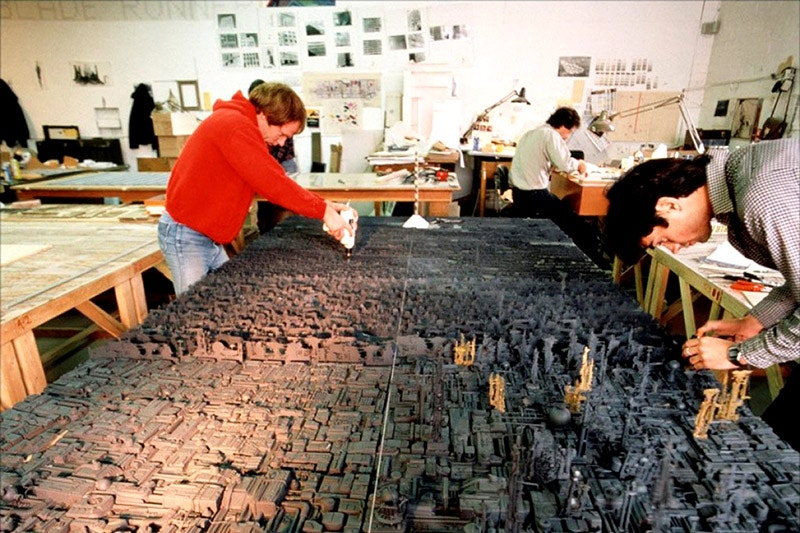
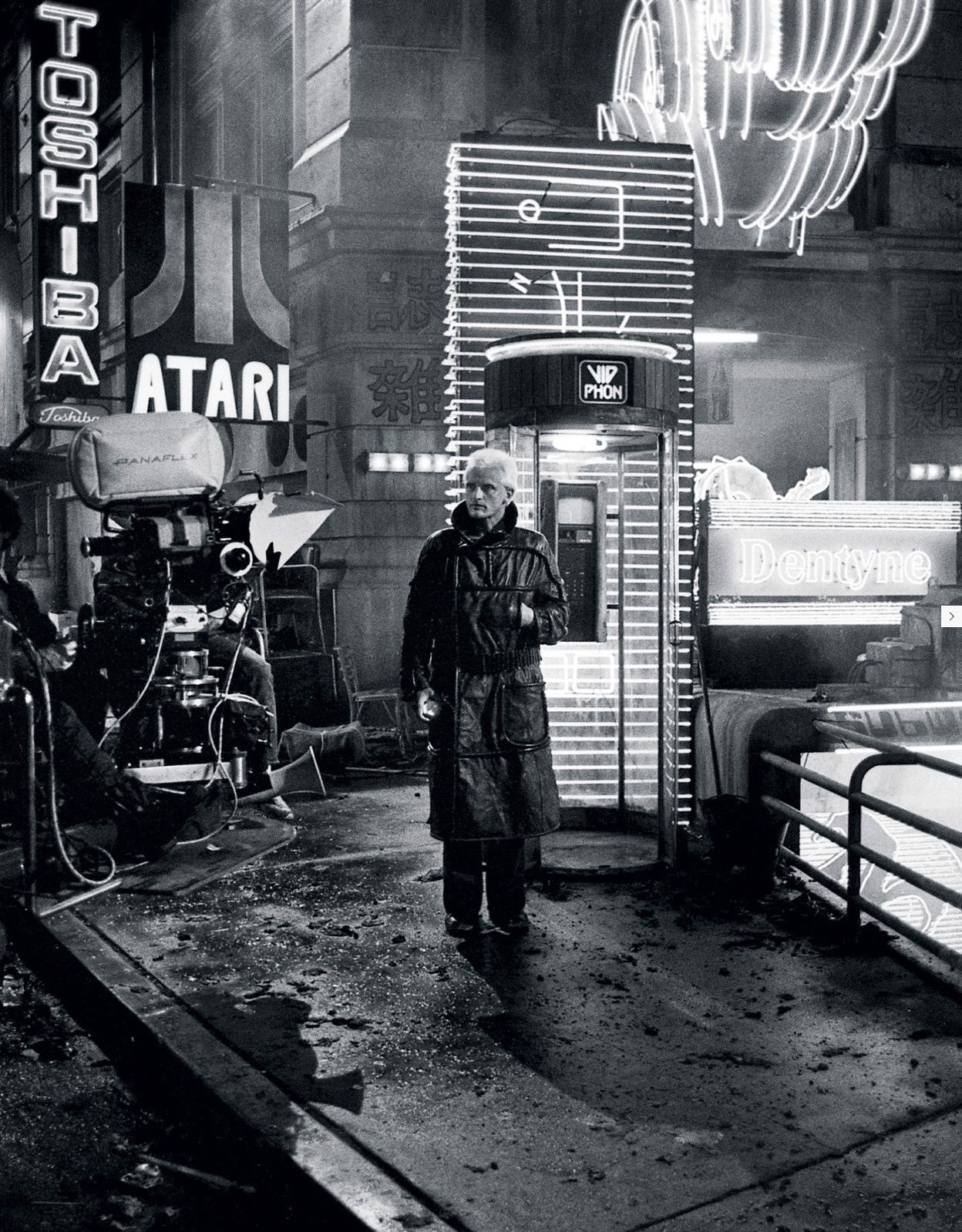
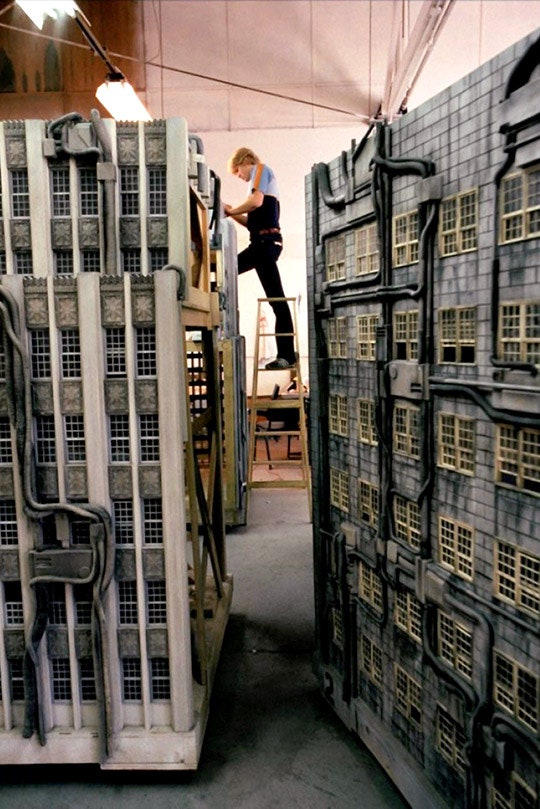





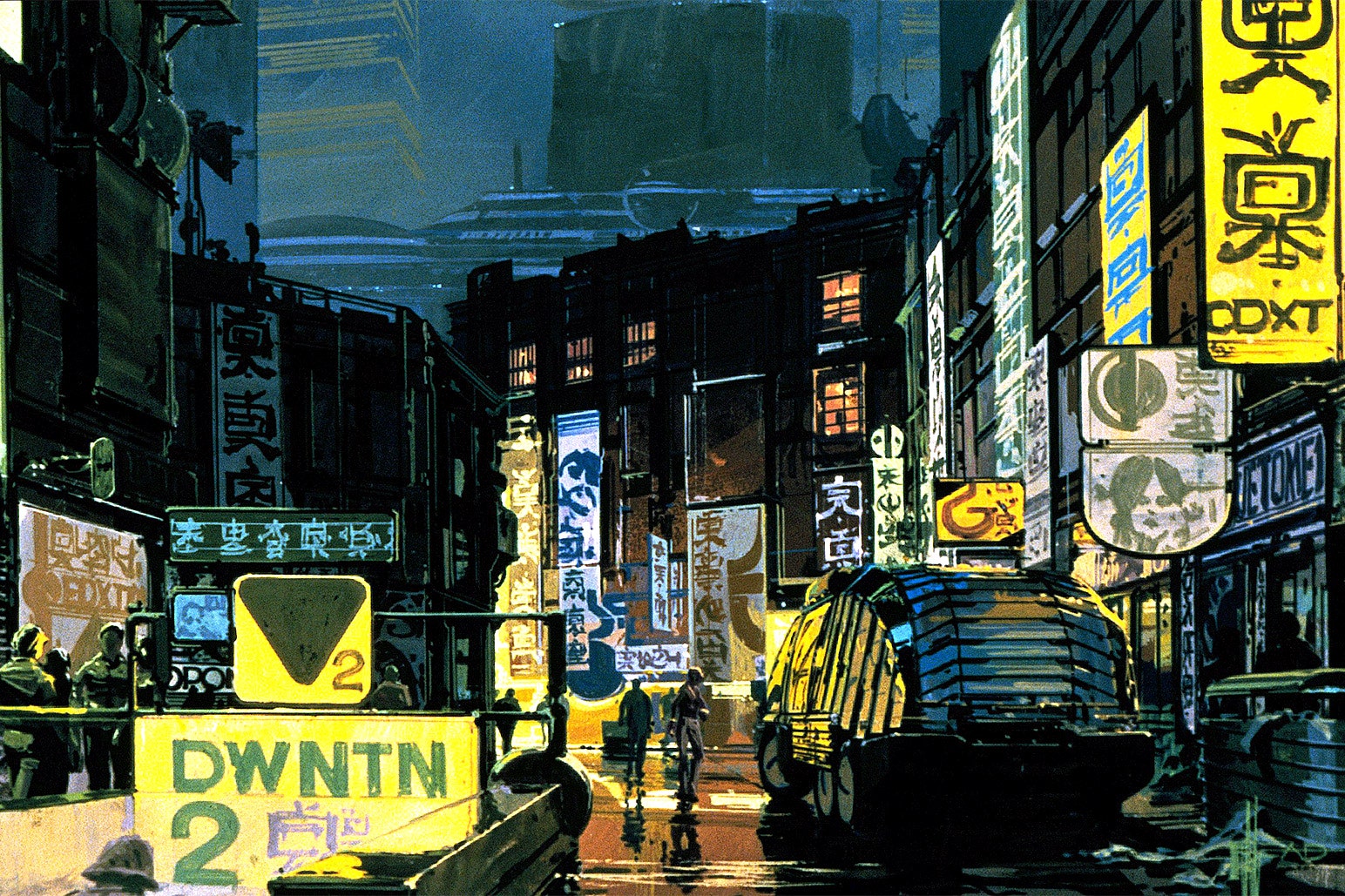
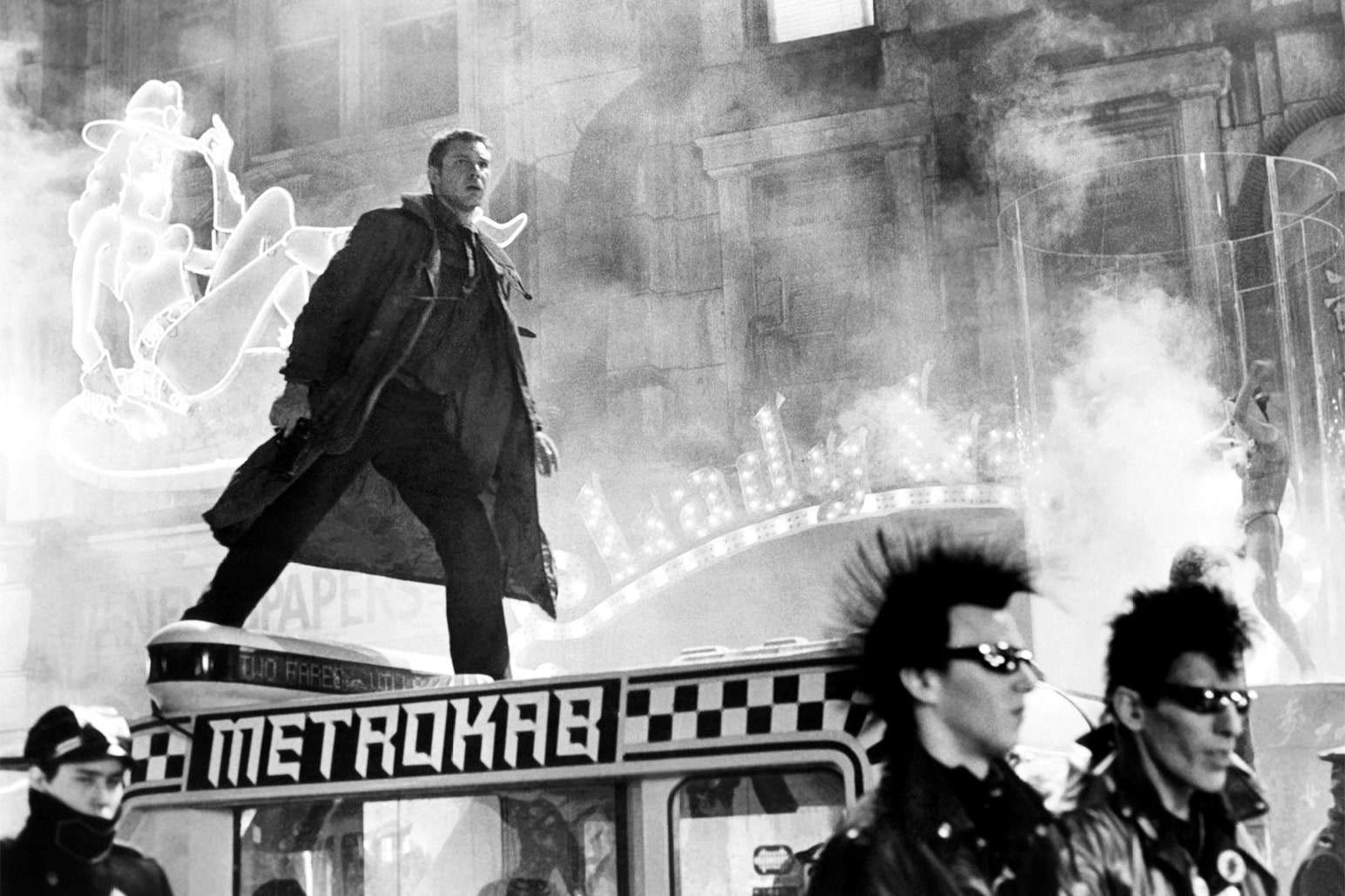
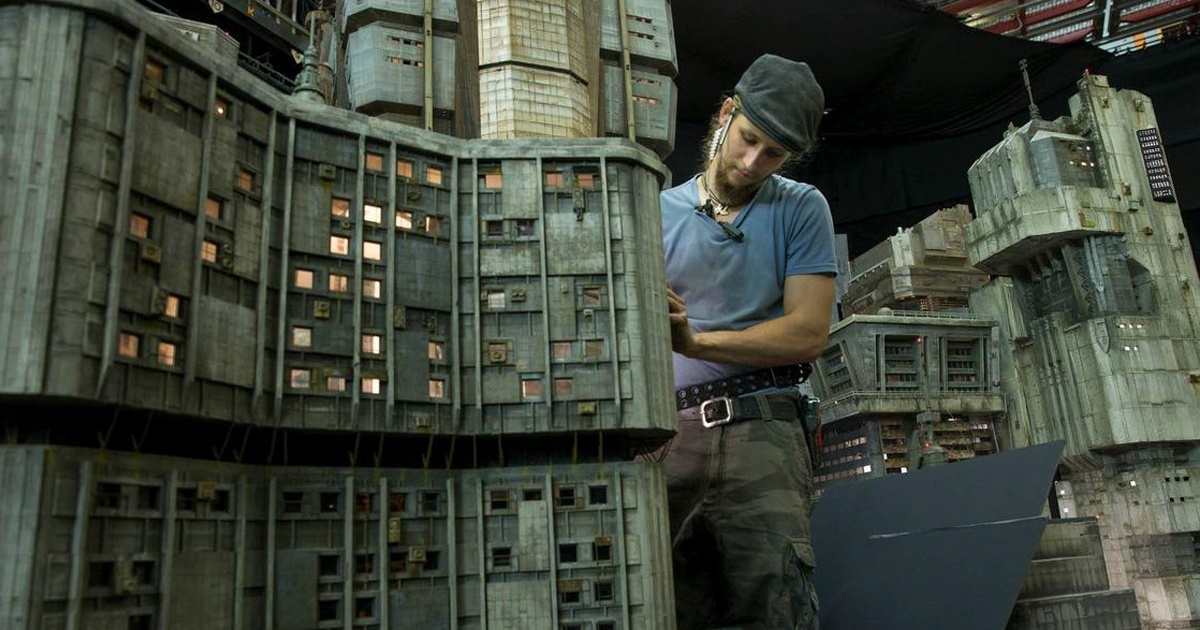








You must be logged in to post a comment.